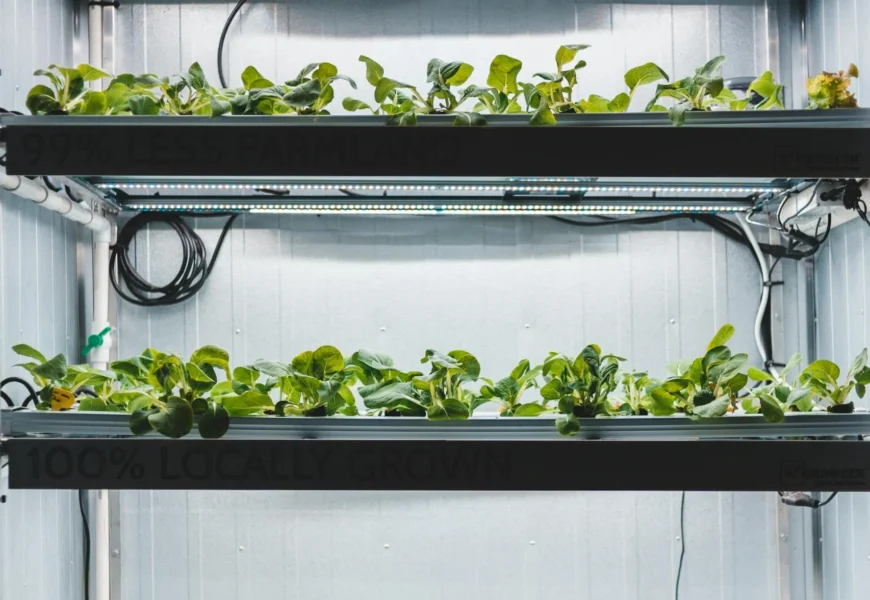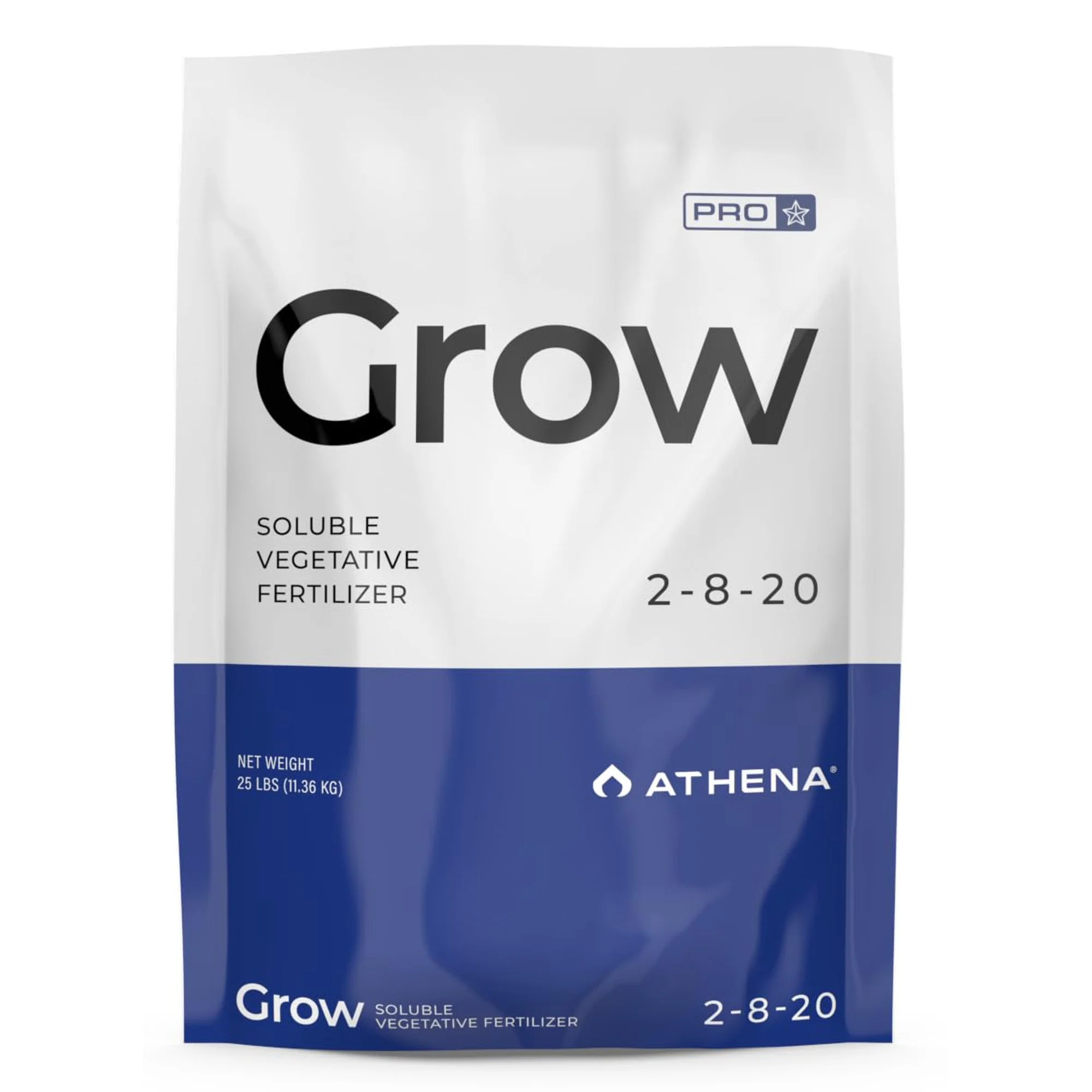Let’s delve into hydroponic lighting schedule and uncover the secrets to maximizing plant growth through carefully crafted light schedules. We’ll explore the nuances of light cycles, plant stages, and light spectrum, all crucial factors in your journey to becoming a hydroponic master.
Table of Contents:
1. Light Cycles and Plant Growth
Plants are incredible organisms, capable of converting light energy into chemical energy through a process called photosynthesis. This process powers their growth and development, from sprouting tiny seedlings to producing luscious fruits and vegetables. But how long do you burn the hydroponic light each day? It’s not a simple “one size fits all” answer.
Hydroponic plants, unlike their soil-bound brethren, rely entirely on artificial light sources. This gives us unparalleled control over their environment and, in turn, their growth. But it also means we need to carefully consider how much light they receive and when.
The amount of light a plant receives and the duration of light exposure (photoperiod) play pivotal roles in plant growth. These factors affect everything from the plant’s vegetative stage (leaf growth) to its flowering and fruiting phases.
AeroGarden Bounty Basic lets you grow herbs, veggies, or even flowers right on your counter, no dirt required! Special lights help them grow super fast, and it reminds you when to add water.
Plus, you can leave for vacation and it'll keep your plants happy. Great for anyone who wants fresh stuff at home, easy!
Features:
- Grows up to 9 plants
- 30W LED grow light provides full-spectrum light
- Automatic lighting timer
- High-resolution display for easy monitoring
- Adjustable grow height (up to 24 inches)
- Large water bowl for less frequent refilling
- Includes Gourmet Herbs Seed Pod Kit (8 varieties)
In the world of hydroponics, light is often referred to as the “food” for your plants, and it’s essential to get the timing right. Just like you wouldn’t eat an entire day’s worth of food at once, plants need their light in doses, not one long continuous exposure.
In the next section, we’ll dive into the specific factors influencing how long do you burn the hydroponic light each day and why some plants need more or less light than others. Keep reading to unlock the secrets of a thriving hydroponic garden!
2. Factors Influencing Optimal Lighting Duration
Now that we understand the importance of light for plant growth, let’s delve into the factors that determine how long you should burn the hydroponic light each day.

1. Plant Species
Different plant species have varying light requirements. Some, like leafy greens, thrive under relatively shorter light durations, while others, such as flowering plants, require more extended periods of illumination. For instance, if you’re growing tomatoes, you’ll need to provide them with a longer light cycle than lettuce. Read more about growing your own food without soil in our article on hydroponic growing systems.
2. Growth Stage
The plant’s growth stage also influences the optimal lighting duration. During the vegetative phase, when plants focus on developing leaves and stems, they generally need shorter light cycles, often around 16-18 hours. However, once they transition to the flowering stage, they require longer light cycles, often around 12-14 hours. This is why you’ll need to adjust your lighting schedule as your plants grow.
3. Light Intensity
The intensity of your hydroponic lights is another crucial factor. High-intensity lights provide more energy for photosynthesis, allowing plants to grow faster. However, they also require shorter light durations to prevent stress. Lower-intensity lights, on the other hand, require longer periods to deliver the same amount of energy.
4. Environmental Conditions
Factors such as temperature, humidity, and nutrient levels can also influence the optimal lighting duration. For example, if your grow room is too hot, your plants may need shorter light cycles to avoid heat stress. Similarly, if your nutrient solution is deficient, your plants may not be able to utilize the available light efficiently, requiring an adjustment in the lighting schedule.
5. Light Spectrum
While we’ll delve deeper into the role of light spectrum in the next section, it’s important to note that different light spectrums can influence how much time your plants need to grow.
It’s important to consider all these factors when determining how long you should burn the hydroponic light each day. To ensure optimal growth, it’s often a good idea to start with a general guideline and then adjust your lighting schedule based on your plants’ specific needs.
Remember, consistency is key! Your plants will thrive on a consistent light schedule, so avoid making drastic changes unless necessary.
3. Common Lighting Schedules for Different Plant Stages

Now that you have a grasp of the basics, let’s dive into specific lighting schedules for various plant stages. Remember, these are just general guidelines, and you might need to adjust them based on your plants’ specific needs and your environment.
Seedling Stage:
During this crucial stage, seedlings are establishing their root systems and developing their first true leaves. How long do you burn the hydroponic light each day? A 16-hour photoperiod is ideal for seedlings, providing them with enough light to grow strong and healthy.
Vegetative Stage:
This is the period of rapid growth where your plants focus on developing their leaves and stems. How long do you burn the hydroponic light each day? A 18-hour photoperiod is typically recommended for the vegetative stage, maximizing photosynthesis and promoting vigorous growth.
Flowering Stage:
This stage marks the transition from leafy growth to flower production. How long do you burn the hydroponic light each day? For flowering plants, a 12-hour photoperiod is crucial for triggering the flowering process. This shift in light duration signals to your plants that it’s time to produce flowers.
Remember, these are just examples. You can find detailed lighting schedules for specific plant varieties online. The Ultimate Guide to Hydroponic Tower Gardens provides information on various plant types and their optimal lighting requirements. Additionally, the DIY Hydroponic Fertilizers: The Ultimate Guide to Custom Blends can help you optimize your plant’s nutrients during all growth stages.
For example, some varieties, like lettuce, may perform well with a shorter photoperiod, even during the vegetative stage. However, most flowering plants, like tomatoes, require the extended 18-hour photoperiod for maximum growth.
4. The Role of Light Spectrum in Hydroponics
Now that you have a good grasp on how to set up your hydroponic lighting schedule, let’s delve into the fascinating world of light spectrum. Plants don’t just need any light; they have preferences for specific wavelengths, which affect their growth and development in a profound way.
Imagine a plant as a tiny factory, using sunlight to create its own energy through photosynthesis. Just like a factory might need different tools for different tasks, plants need different wavelengths of light for different stages of their life.
For example, blue light is essential for vegetative growth, promoting strong stems and healthy leaves. This is why you’ll see many hydroponic grow lights with a high blue light component during the early stages of plant development.
On the other hand, red light plays a crucial role in flowering and fruiting, stimulating the production of buds, fruits, and flowers. This explains why grow lights often shift towards a higher red light spectrum during the flowering stage of the plant’s life cycle.
Beyond blue and red, there are other wavelengths that influence plant growth:
- Far-red light: This type of light helps with stretching and elongation. You’ll find it useful for certain plants like lettuce that need to grow tall and leafy.
- UV light: While not essential for growth, UV light can help produce a more robust plant with enhanced flavors and antioxidants.
Understanding the role of different light spectrums is key to maximizing your yields and enhancing the quality of your hydroponic harvests. You can explore different types of grow lights, like LED grow lights or HID grow lights, and learn how to select the best ones for your specific plants.
Remember, a little knowledge about light spectrum goes a long way in maximizing your success with hydroponics. So keep learning, keep experimenting, and enjoy watching your plants thrive under the right light conditions!
5. Tips for Optimizing Your Hydroponic Lighting Schedule
1. Start with a Baseline
The ideal lighting duration will vary depending on your plant species and growth stage. A good starting point is to research the specific light requirements for your chosen plants. The “Smart Garden 3 vs Smart Garden 9: All You Need to Know” page has a helpful table summarizing the ideal light settings for a wide range of herbs and vegetables.
2. Adjust based on Plant Response
Observe your plants closely. Signs of healthy growth, like lush foliage and strong stems, indicate your lighting schedule is working well. However, if you notice stunted growth, leaf discoloration, or other issues, consider adjusting your lighting duration or intensity.
3. Consider Environmental Factors
Temperature, humidity, and nutrient levels can all impact how well plants respond to light. Adjust your lighting schedule to compensate for any fluctuations in these factors. For example, if temperatures are consistently high, you might need to reduce your lighting duration to prevent overheating.
4. Automate for Convenience
Many hydroponic systems offer automated lighting controls, which can significantly simplify your routine and ensure consistent light exposure. If your system doesn’t have this feature, you can purchase separate timers to help you set up your lighting schedule.
5. Don’t Be Afraid to Experiment
Every plant and setup is unique. Experiment with different lighting schedules to find what works best for you. Keep track of your results to identify the ideal settings for your specific hydroponic system.
- CONSISTENT & EFFICIENT: 2-part dry soluble fertilizer delivers reliable and consistent nutrition for both vegetative and flowering phases, ensuring efficient plant growth and high yields without complications.
Conclusion:
Mastering the art of hydroponic lighting is crucial for maximizing plant growth. While a standard lighting schedule is a good starting point, understanding the nuances of your chosen plants and the specific environmental factors can lead to greater success.
Remember, “how long do you burn the hydroponic light each day” is a key question. If you’re unsure about the optimal schedule for your specific hydroponics setup, it’s best to consult with a hydroponic expert or reference a comprehensive guide like “The Ultimate Guide to Hydroponic Cannabis Cultivation.” You’ll find that the information provided in these resources can provide valuable insights into maximizing plant health and yields.









